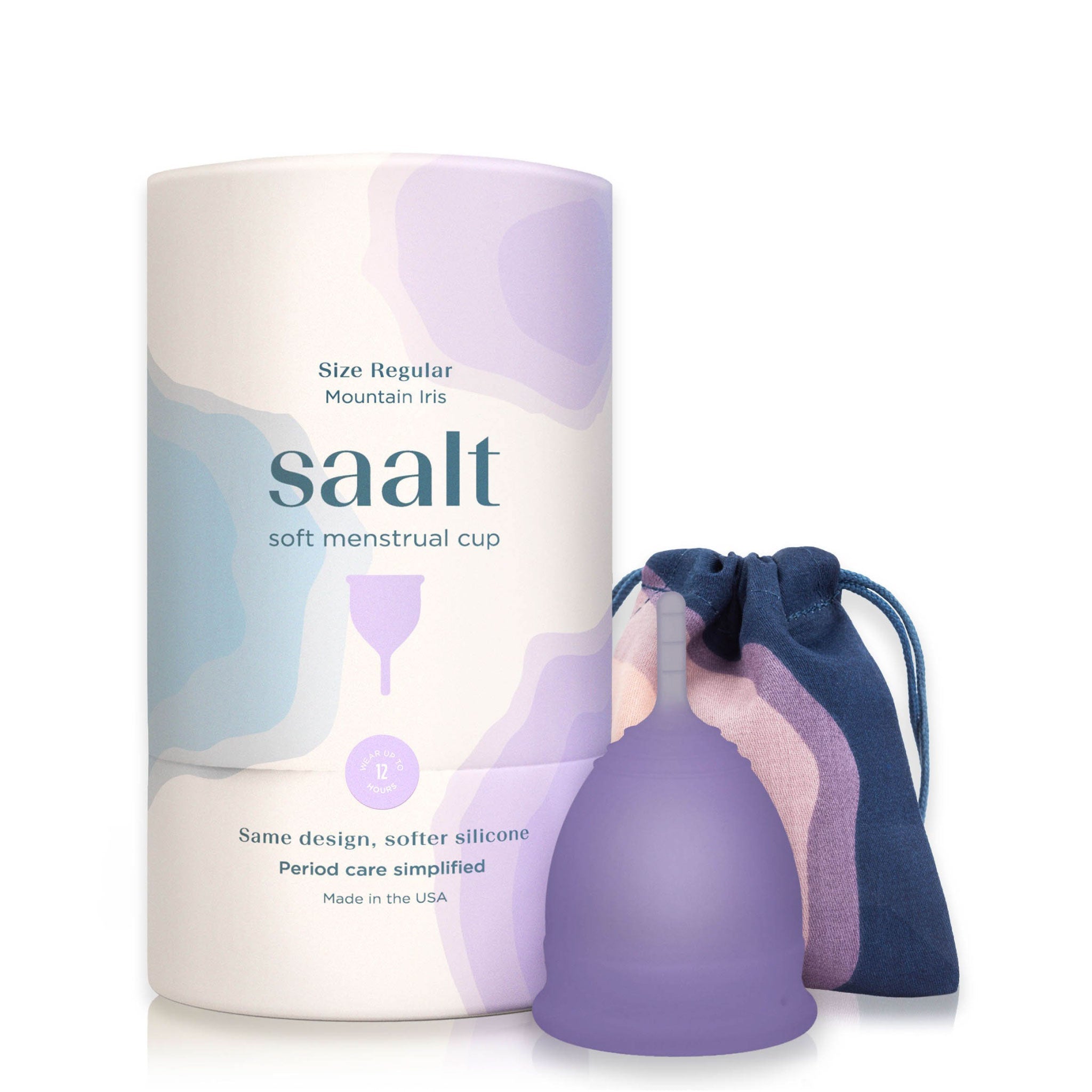Breaking the Taboo
Why saying "vagina" and "cervix" matters
Vagina.
Cervix.
Uterus.
Ovaries.
I have a vagina, cervix, uterus and ovaries.
Euphemisms and Shame
How language shapes the way we see our bodies
Phew. We've now busted a taboo and you deserve a breather - but not so fast. Researchers from the International Women's Health Coalition and the Clue app reported women from across the world refer to their periods (and anatomy) from a running list of over a thousand euphemisms.
We develop a sense of shame from a young age concerning our private parts by simply refusing to call them by proper medical terminology. It's important to reclaim our right to learn about our anatomy and utter words like vulva and cervix. Why? We are proactive with our reproductive health if we know exactly what's going on down there.
Our private square, whoops, I mean our reproductive system is made up of internal and external sex organs. It appears to be a one-stop shop but it's made up of several individual parts.

Anatomy 101
Getting to know your reproductive system
The External Organs:
Vulva:
Our vulva includes the mons pubis, pudendal cleft, labia majora, labia minora, Bartholin's glands, clitoris and vaginal opening.
There's a lot of medical jargon so let's break it down:
Our internal organs are protected by external tissues (labia majora = larger lips and labia minora = inner lips) which are shaped differently and protect our literal crown jewel (See how easy it is to switch to euphemism?) the clitoris.
Oh and that pudendal cleft? Wikipedia literally references the page Camel Toe in reference. The pubic mound isn't included in our external genitalia but is considered an erogenous zone and the popular site for a Brazilian bikini wax. It's pretty hyped for simply being a mound of fatty tissue above one of our pubic bones.
The Bartholin's glands are our best friend as they secrete mucus to lubricate the vagina. Mucus isn't a particularly lovely word, but it's absolutely necessary for a happy sex life and a happy everyday vagina.
The internal organs:
Vagina:
Vaginas seem to take all the credit but it's truly just the term for the canal leading from the outside world to the womb, or to the cervix, also the birth canal for a baby to be born.
Cervix:
The neck of the uterus (like the neck of a bottle) that acts as a gatekeeper for sperm to get to an egg as the sperm has to pass through the cervix passageway. (Diaphragms are placed there as a form of birth control.) When a doctor is monitoring the dilation of a pregnant woman, they are measuring the opening of the cervix.
Every cervix is placed differently in their body. Figuring out if your cervix is high, low or tilted is crucial for getting a menstrual cup or menstrual disc to fit perfectly. Learn: How to insert a menstrual cup. Shop: NYT Wirecutter's top pick for Best Menstrual Disc.
Uterus:
The vagina gets a lot done, but the uterus is our powerhouse. It is a pear shaped muscular organ that houses and nourishes a fertilized egg until it's an embryo, a fetus and then a delivered baby. If no egg is embed into the uterine wall, menstruation is initiated and we have our period. The uterus is multifaceted and deserves our respect. It makes our world go round (and the human population).
Fallopian Tube:
The two tubes leading from each ovary to the uterus that helps make pregnancy happen. Also used in family planning if a woman chooses tubal ligation–commonly known as getting your tubes tied.
Ovaries:
The paired oval organs above the uterus. Adult ovaries are slightly larger than an almond and their size varies during periods and pregnancies. Ovaries get the pregnancy or menstruation train running. Our ovaries create egg cells (ovum) and secrete hormones to initiate the process. Ovulation is when an egg is released from the ovaries and heads down the Fallopian tube to the uterus. Ovaries are also the site for much too common cysts, so make sure to keep up with your OB/GYN check-ups.

Knowledge is Power
Why sexual literacy and body awareness matter
See? Our biology is important, and it's ours. We all need to know our lady parts (reproductive system) inside and out so we can feel empowered to get help if you feel like something is wrong. It's also crucial to be sexually literate. We need to know what's going on and where. There's no need to be shy about our anatomy. Make empowerment the new norm.
Now that you’re intimately familiar with the female anatomy, take the Saalt Cup and Disc Quiz to find the best way to support it during your period.
tags: Period Health, What You Should Know about Your Own Anatomy -- Saalt,









